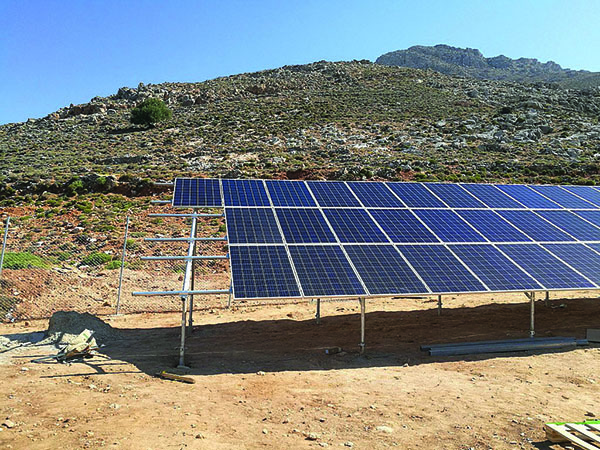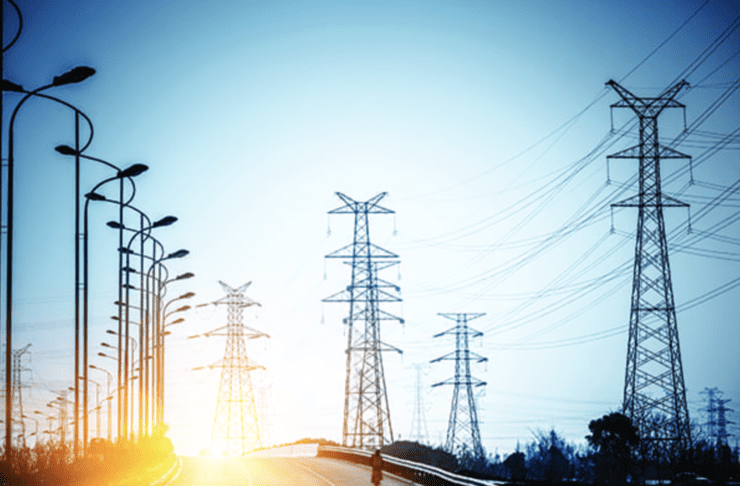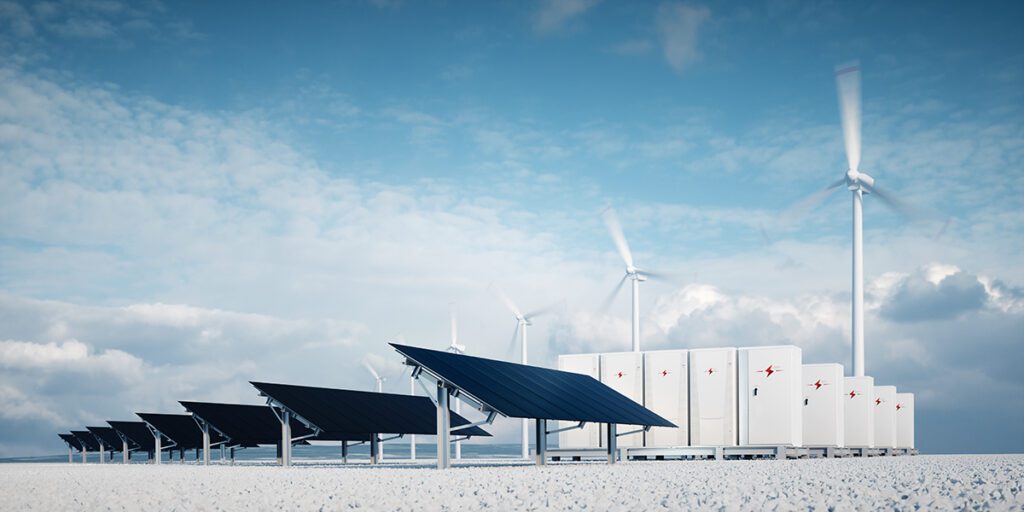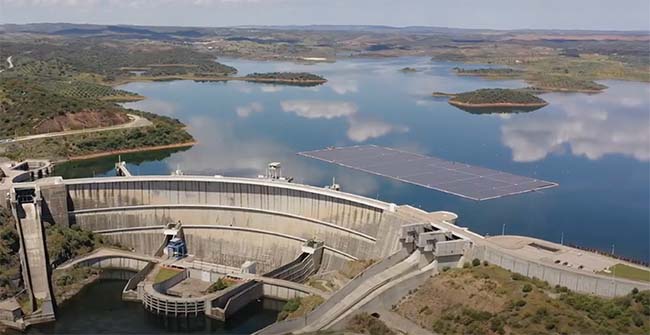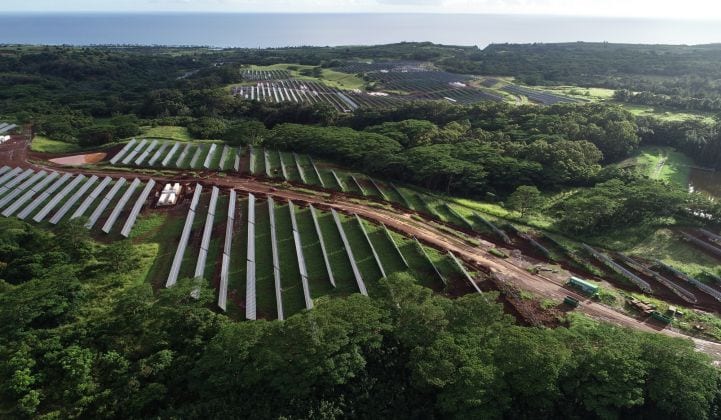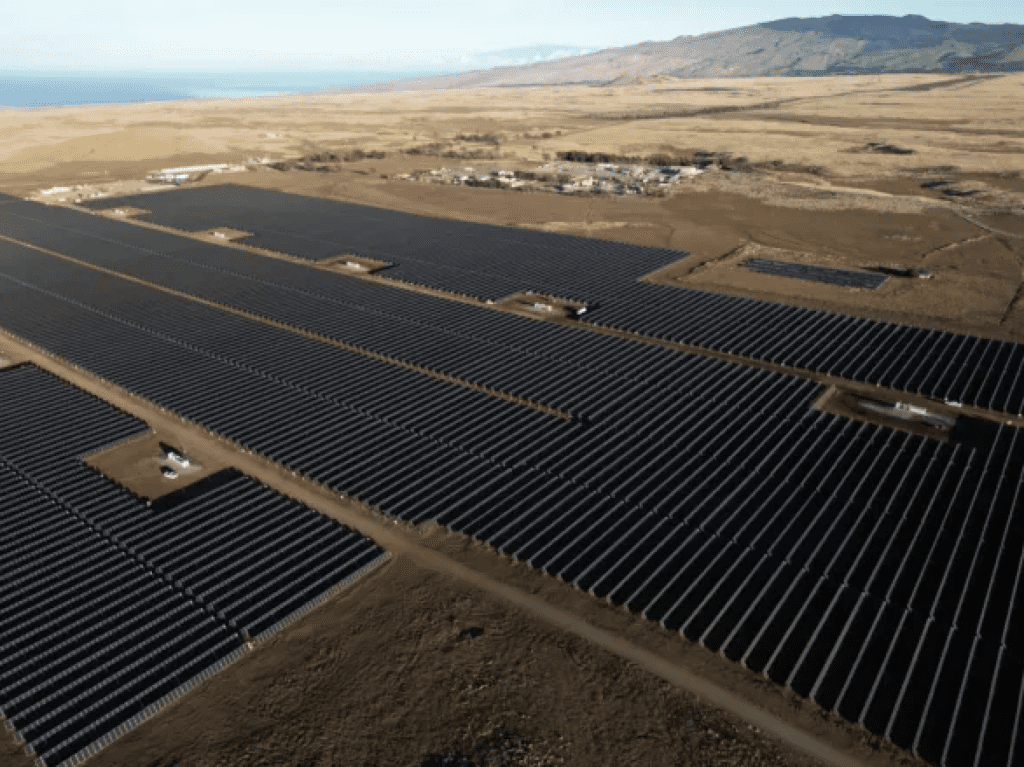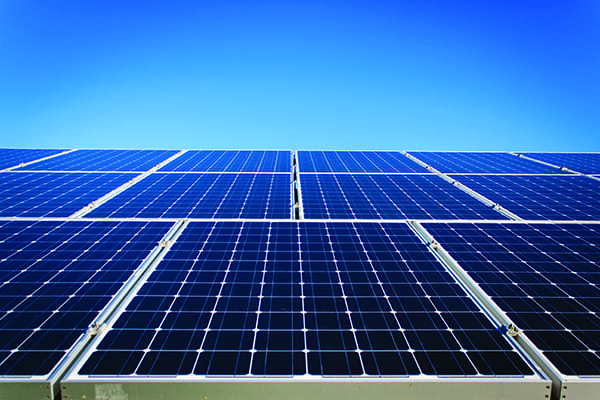The Greek island of Tilos may provide the model for a renaissance of renewable energy across the European Union (EU). Technicians this summer have tested a system that will allow the island to produce and run on its own power, thanks to a battery system charged by an 800-kW wind turbine and a solar park (Figure 1).
Tilos, a destination for summer tourists—the island’s winter population is about 400, but can jump to 3,000 in summer—has been plagued by power outages over the years, in part because its electricity has come from an underwater cable running from Kos to the island of Nisiros, and then on to Tilos, a route of about 90 kilometers. Many businesses on Tilos use diesel-fueled generators to ensure their power supply. The European Commission has said Tilos will be the first autonomous renewable green island in the Mediterranean.
The commission has said the project—named TILOS, for Technology Innovation for the Local Scale Optimum Integration of Battery Energy Storage—could lead to similar systems on small islands across the EU that have limited connection to grids on the mainland. The EU has provided the bulk of financing—$12.5 million—for the $15.7 million project, which also has involved the Athens, Greece-based Eunice Energy Group, which invests in renewable energy projects.
Spyros Aliferis, the project manager, told Associated Press: “The innovation of this program and its funding lies in the batteries—the energy storage—that’s what’s innovative. The energy produced by the wind turbines and the photovoltaics will be stored in batteries, so that this energy can be used for the grid when there is demand.” The system’s batteries will store energy produced during windy and sunny days, making it available for use during times of heavy demand, such as the tourist season.
The project required an overhaul of the grid on the island, along with the installation of smart meters in homes and businesses that can help determine periods of peak electricity demand. The island’s mayor, Maria Kammas, told Associated Press: “For many years now, Tilos has plotted a course that is dedicated to protecting the environment. We are seeking visitors—tourists actually—people who will visit our island who love the environment and want to protect it and nature as it was given to us.” Much of the island’s land is a protected nature preserve, and tourism drives the area’s economy.
The blackouts caused by the erratic nature of power from the underwater cable have been troublesome for the island’s businesses, leaving hotels without air conditioning and forcing restaurants to discard food from warm refrigerators. The island’s temperature averages more than 90F during summer.
—Darrell Proctor is a POWER associate editor (@DarrellProctor1, @POWERmagazine).


